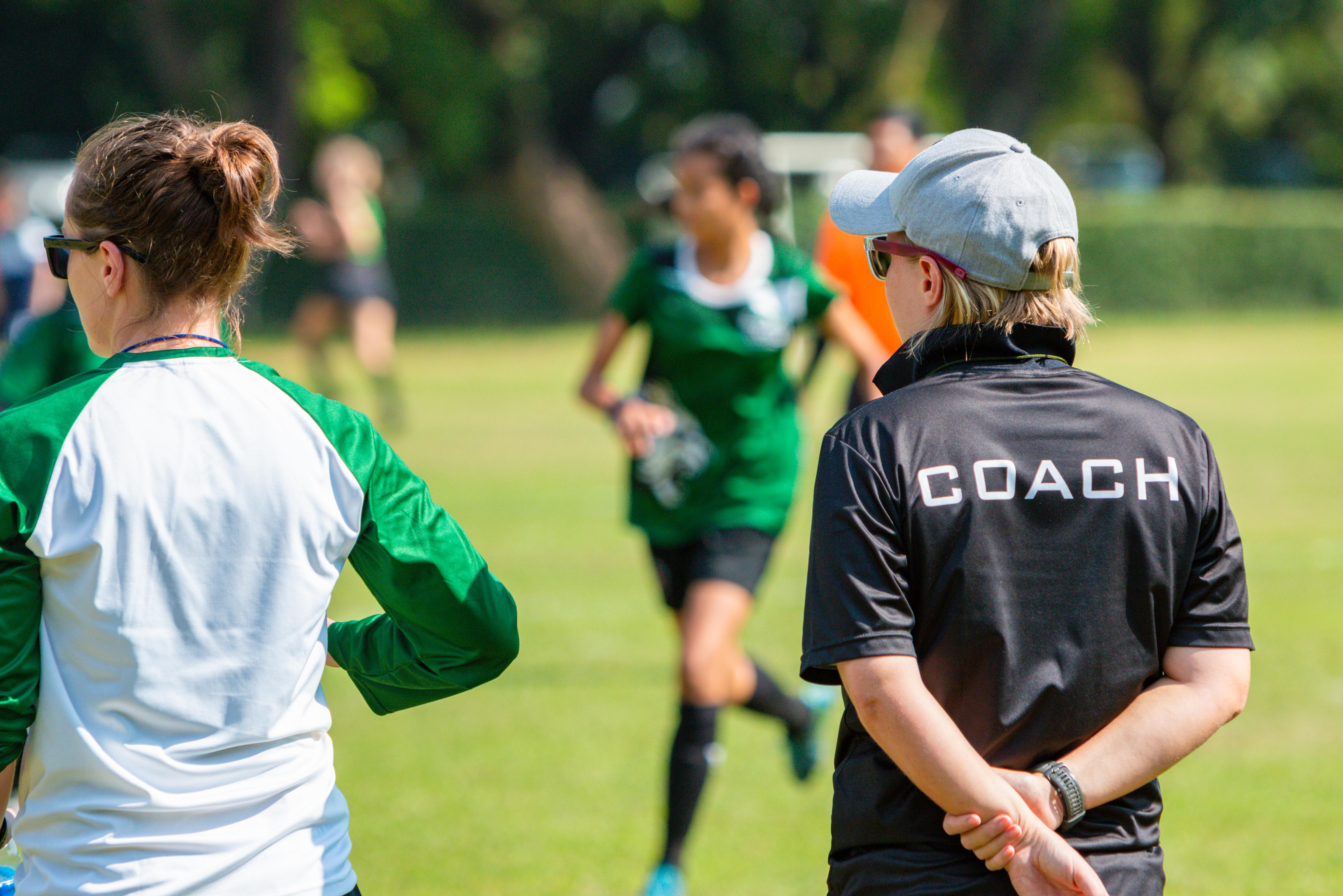Proactive Recruitment
Proactive, Open & Transparent Recruitment
While a lot of the recruitment of women coaches may be into volunteer roles, or may involve recruiting females to coaching for the first time, there will be opportunities higher up in the organisation where the recruitment process requires more consideration. The following information discusses this recruitment process and considerations for sports and/or organisations.
What to consider:
- Application process
- Policy
- Monitoring
Planning for Recruitment Application Process
Paid coaching roles should have a transparent application, shortlisting, interview and feedback process in place to ensure all candidates are given a fair chance of being successful. All-male, closed coaching networks and recruiting from within at this level are no longer acceptable when considering the merits of a gender equal coaching workforce. In addition, only considering internal candidates will not always provide the best person for the job.
A proactive, open and transparent process of recruitment will not only ensure that sports are getting the right person for the job, but it will demonstrate fairness and good practice to your participants and stakeholders. Some of the major barriers to women gaining roles at a high performance level are linked to recruitment processes – these can apply to the community coaching as well. The need for governing bodies, sports providers, academies and clubs to have proactive, open and transparent recruitment is reflected in the guidance below. It is especially important when recruiting for roles at a high performance level.
If we are to address the lack of women coaching at higher levels of sport, it is important that key decision makers within sport are aware of the guidance below and apply best practice when making coaching appointments.
Provide Information about the Role
Women want details prior to applying for a coaching role or taking their first step into coaching. This can be done by:
- Posting information on your website
- Promoting information through various social media channels (add a hashtag # so you can monitor interest and field questions)
- Linking with women’s clubs and coaching networks to advertise the post
- Word of mouth- inform your existing coaches and players and get them to talk to their own social circle
Job Description (or Role Profile) and Application Process (if relevant)
Research has shown that women look at a job description and will not apply unless they can do 100% of the role, whilst men will apply if they feel they can do 60%. This is known as the confidence gap. This also leads to the seven-year rule, where men roughly apply for a job seven years before they are ready, and women apply seven years after they are ready (Sandberg, 2013).
Rather than long application forms, welcome letters of application, which allow women to highlight their achievements and experience, and phone calls where prospective applicants can talk through the role and have a person to person discussion about their suitability for the role.
It is important that you add a point of contact with an email address and phone number and advise that this person is available to discuss the role further.
